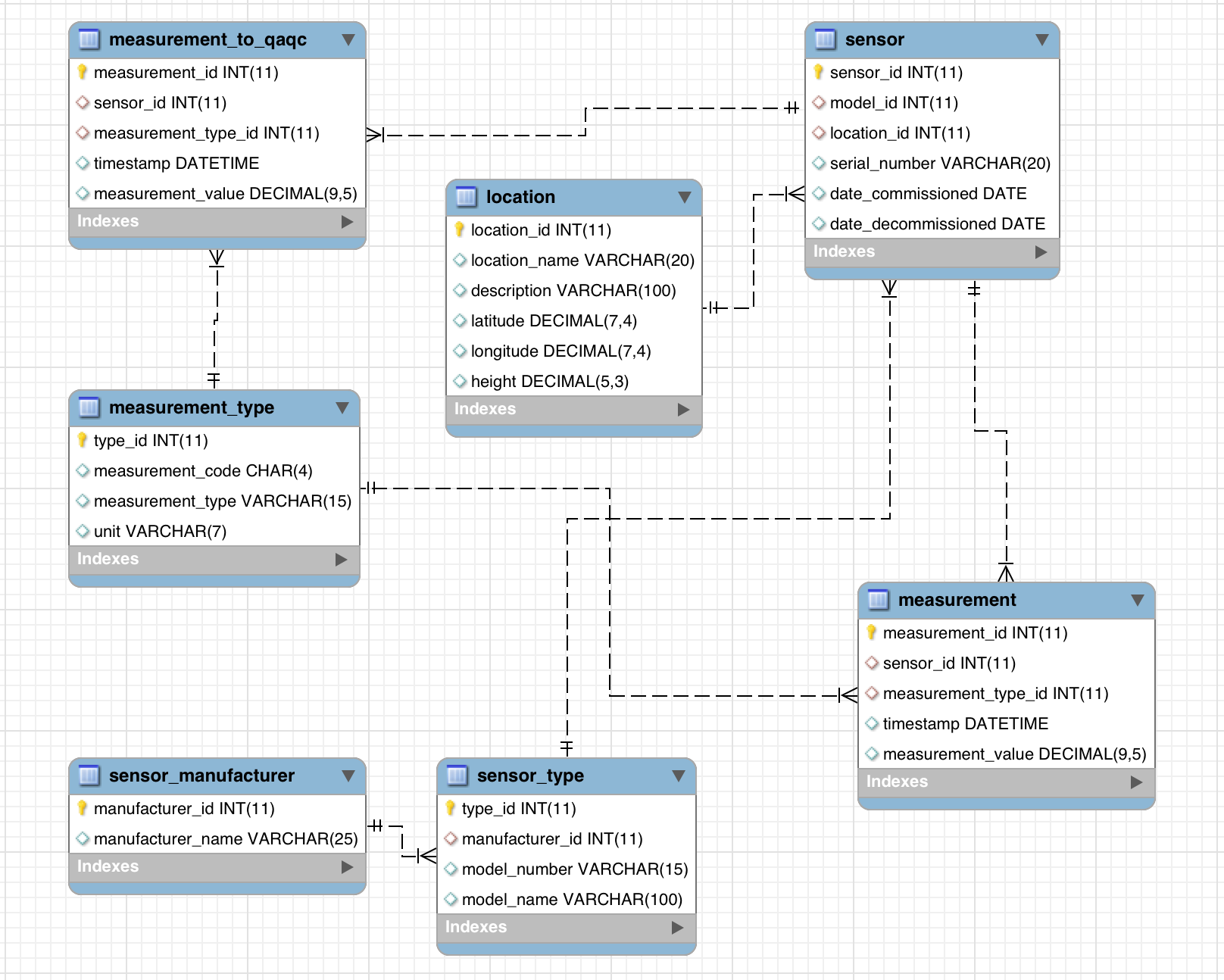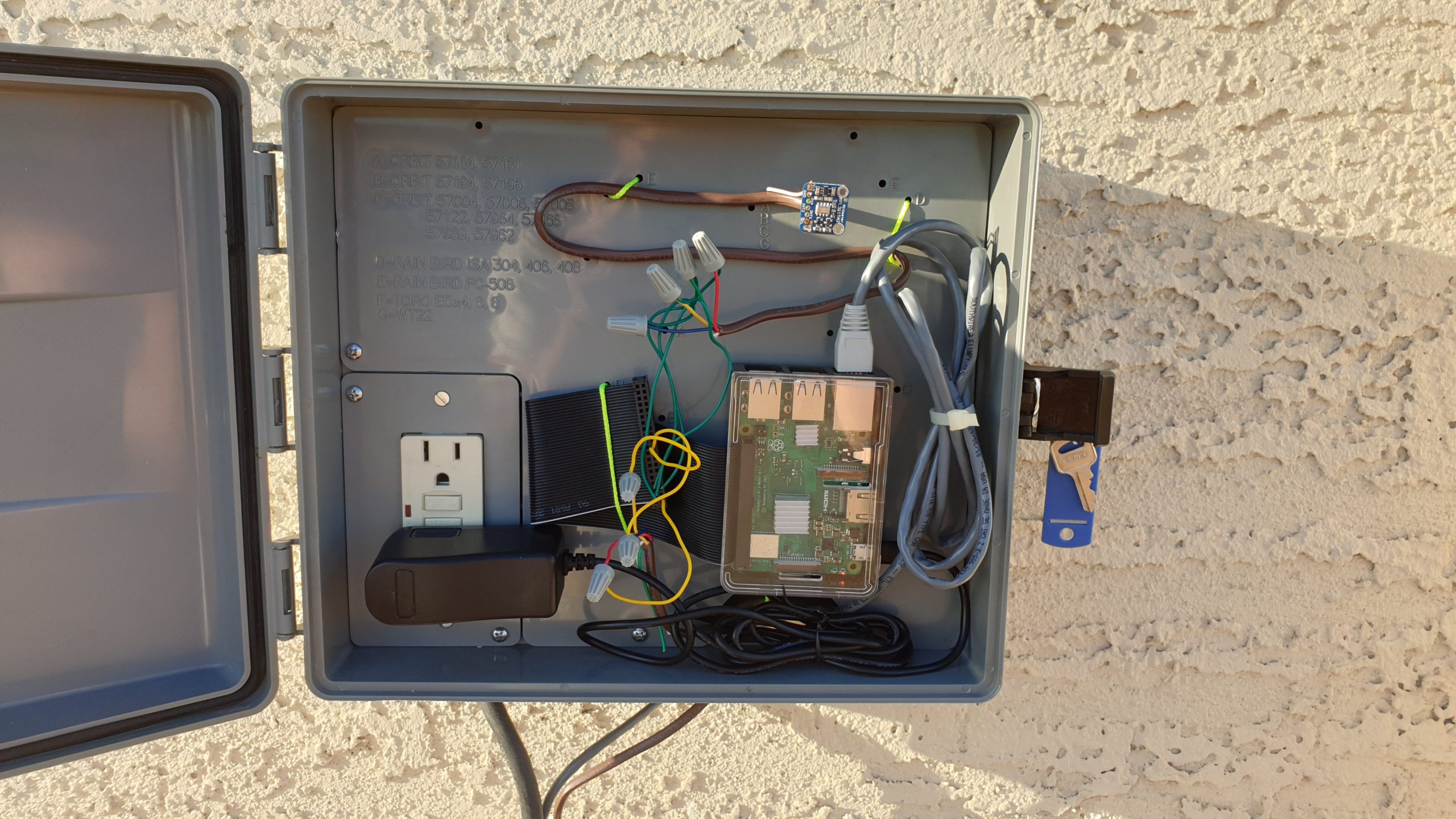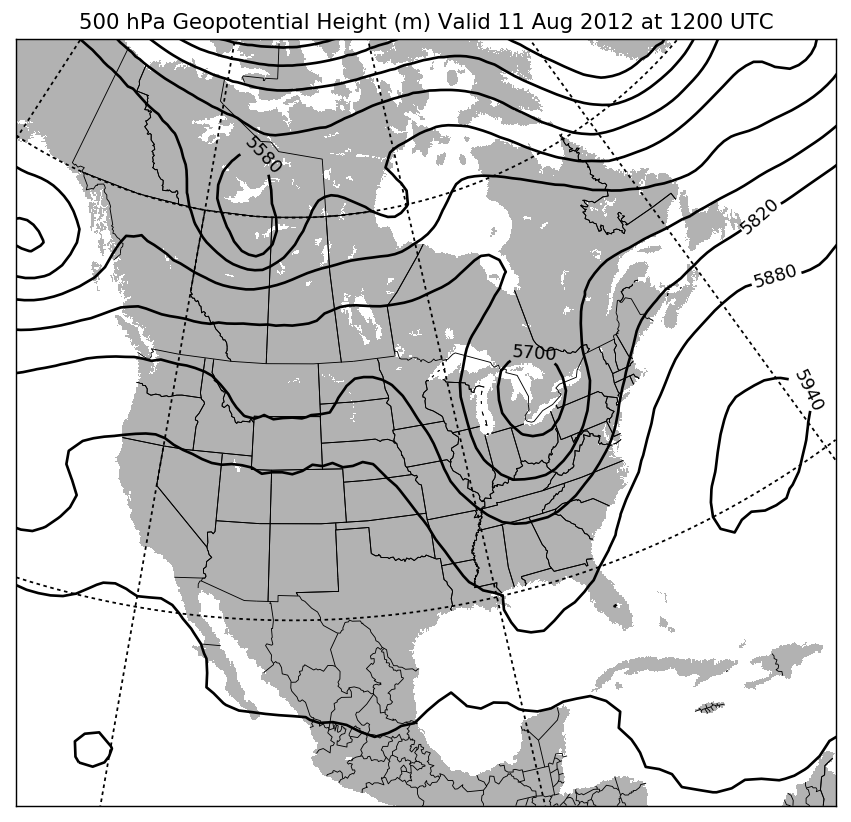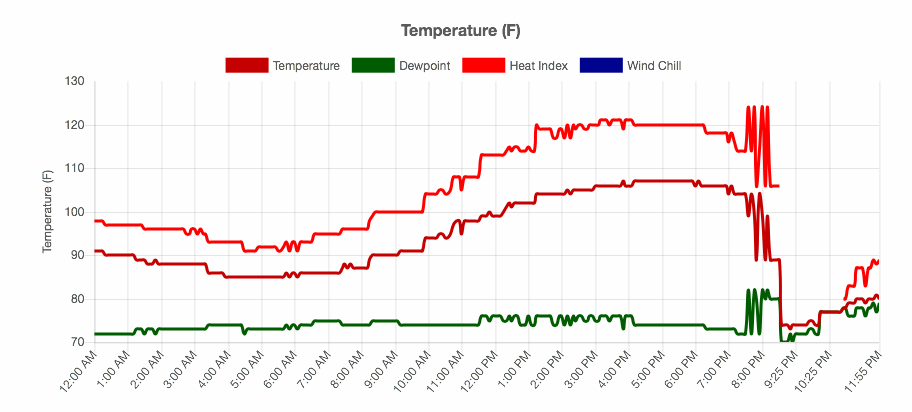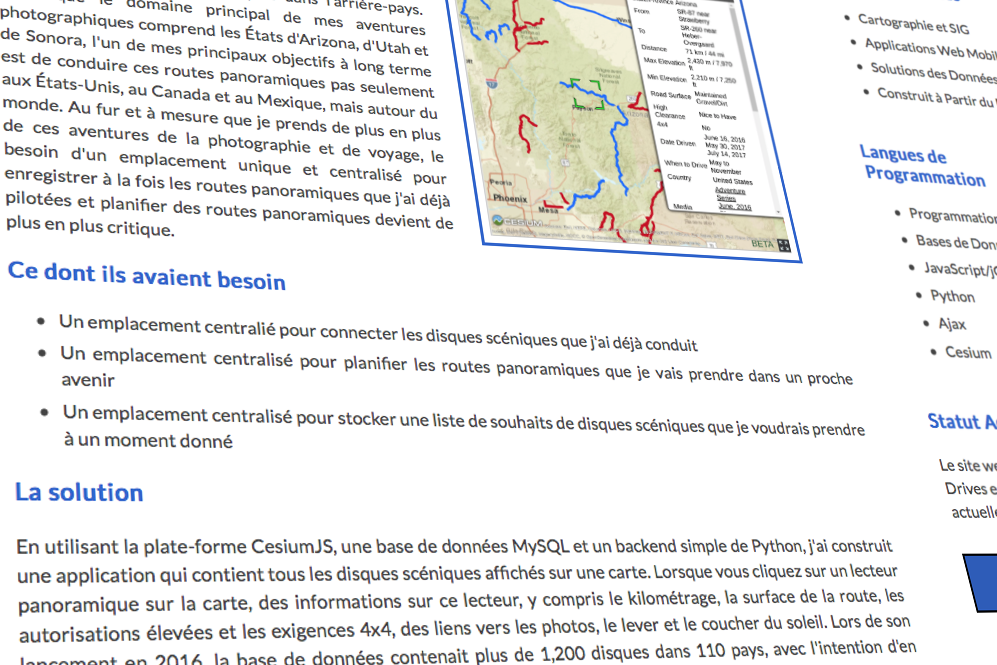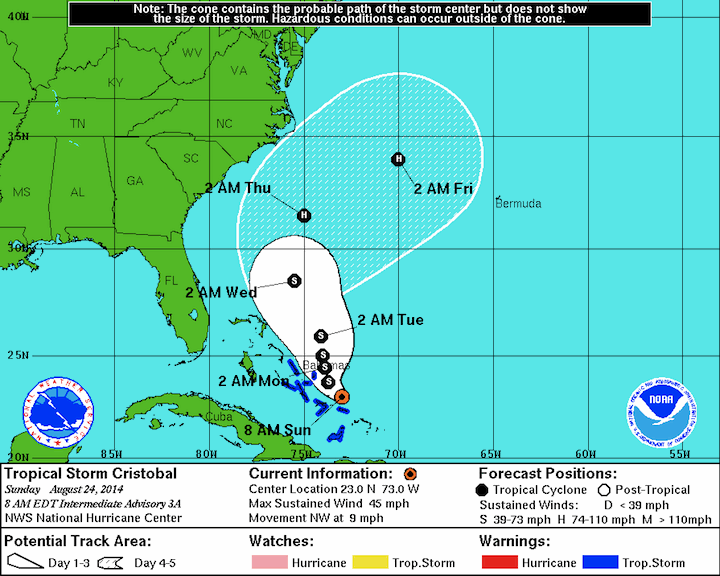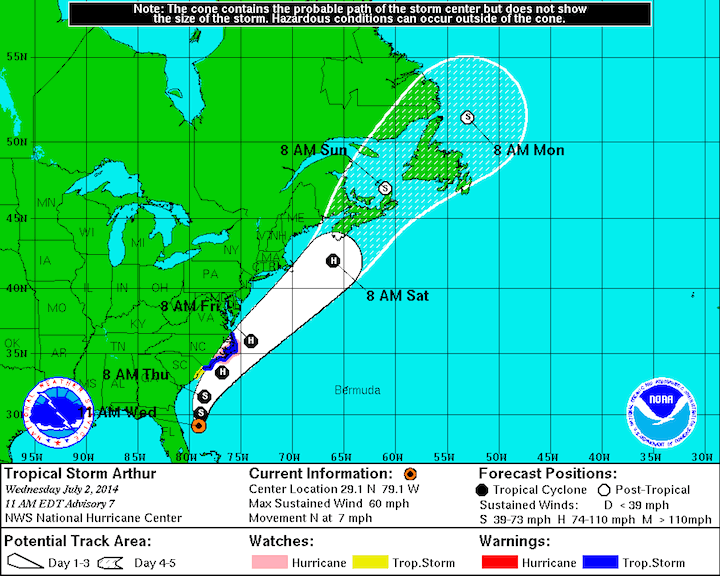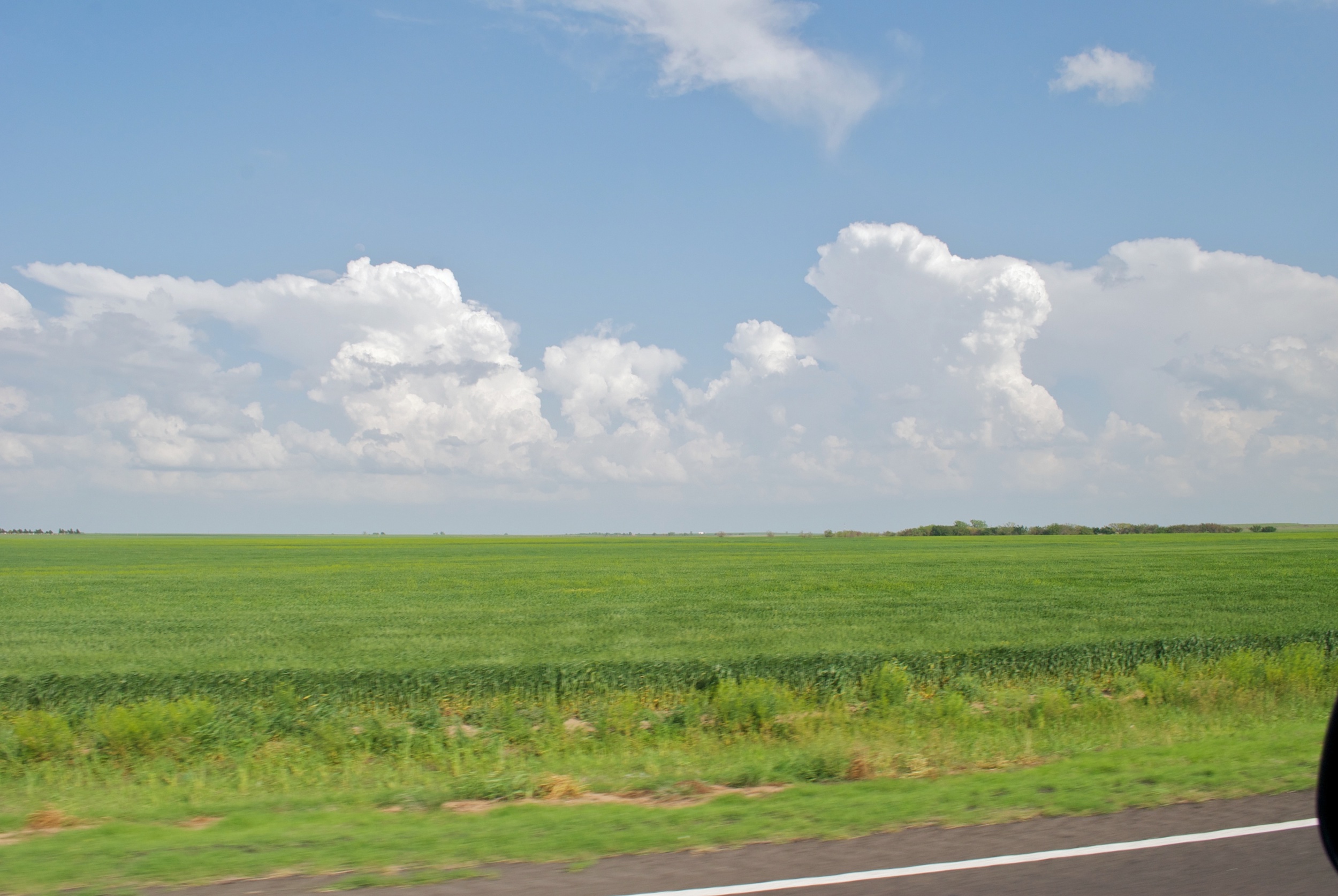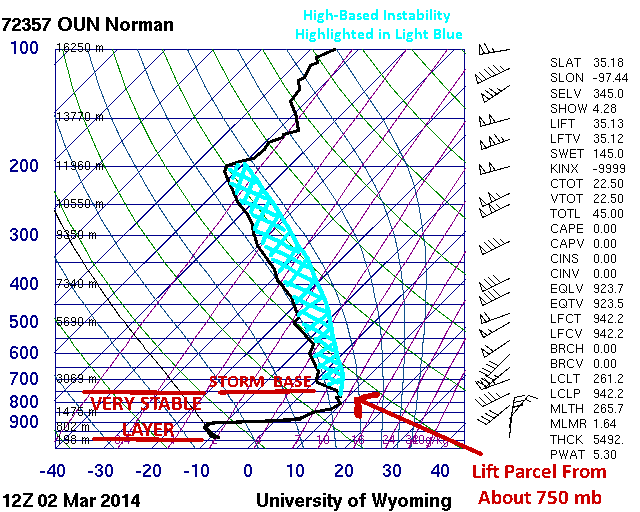Wow, it’s hard to believe that the hardware for taking sensor readings for the DIY weather station is finally all in place. Now, it’s time to dive into the programming and the software end of things that makes everything click. The software for the sensor and the data logger consists […]
Read MoreData Science
Tell your story through the power of data science. Learn how to harness the power of databases, analytics, mathematical modeling, and automation to turn your organization into a powerhouse. Because your data should work for you, no matter the size of your dataset. Not the other way around.
DIY Weather Station, Part 3: Installing the Data Logger and Connecting the Sensors
For our DIY Weather Station, we’ve built our sensor housings and run power and internet out to the data logger site. It’s time to install the data logger and hook up our sensors. Thankfully, this is much easier than getting power and internet to the site. First, let’s take a […]
Read MoreDIY Weather Station, Part 2: Wiring Power and Internet to the Sensors
Disclaimer: Working with electricity can be extremely dangerous. If you’re not comfortable working with electricity or circuitry, please consult an electrician. This blog and its owners are not responsible for anything that happens to you while you are working with electricity. The sensors and database for my DIY weather station […]
Read MoreTutorial: Add Data from a NetCDF File to a Pure Python GIS Solution
We recently looked at how to perform basic GIS functionalities using pure Python. In this tutorial, we will take that to the next level, and add meteorological data from a NetCDF file. If you don’t know what a NetCDF file is, that’s perfectly fine. It stands for Network Common Data […]
Read MoreA Look at the Data From Last Week’s Possible Tornado
During a monsoon storm last week, I observed evidence of a possible tornado. Today, we will look at some of the data from the storm. I built weather station and data logger at my house that logs data every 5 minutes. While I have plans to put a network of […]
Read MoreHow to Set Up a Website and Database to Support Multiple Languages
In today’s global economy, as more and more business gets done across international borders, many organizations are finding the need to support multiple languages on their websites. And here, I’m not talking about programming languages, I’m talking about languages such as English, Spanish, and Chinese. Today, I’m going to be […]
Read MoreTropical Storm Cristobal Forms Near The Bahamas
Tropical Storm Cristobal has finally formed just north of Puerto Rico. As of this morning’s 8 AM EDT advisory, the storm was centered just north of the Turks and Caicos Islands with maximum sustained winds of 45 mph. The Hurricane Center has the storm slowly strengthening while encounters some shear […]
Read MorePossible Tropical Storm Brewing Near Puerto Rico
Well, the Hurricane Center has been hinting at tropical cyclone development near Puerto Rico for several days now. With it, the probability of tropical cyclone formation has gone up steadily as well (it is 80% chance of development in the next 48 hours as of this morning). Most signs appear […]
Read MoreA Quick Look at Tropical Storm Arthur
Well, we have our first named storm of the 2014 Hurricane Season. As of this morning’s 11 AM EDT advisory from the National Hurricane Center, Arthur was centered just east of Daytona Beach, FL with maximum sustained winds of 60 mph. The storm is forecast to move up the east […]
Read MoreThree Factors Explaining Oklahoma’s Quiet Storm Season
It’s no secret by now that the severe weather season in Oklahoma this year has been nearly non-existent. The tornado count for the entire state so far this year can pretty much be counted on one hand. So what has caused the storm season to be so quiet? There are […]
Read MoreA Dual Pol Radar Tutorial: The Vilonia, Arkansas Tornado
Dual polarization radar is an incredibly powerful tool for tracking severe weather. One important use for dual-pol radar is to track strong tornadoes by detecting the debris field with the radar. Similar to the Moore tornado last year, the April 27, 2014 Vilonia, Arkansas tornado passed about 10 miles north […]
Read MoreOkla. Thundersleet Part 2: How The Thunderstorms Formed
It takes a unique weather setup to generate thundersleet and thundersnow. It takes an even more unique weather setup to generate thunderstorms with surface temperatures of only 12°F. In order to understand these setups, we need to make sense of the concept of an elevated or high base thunderstorm. These […]
Read More